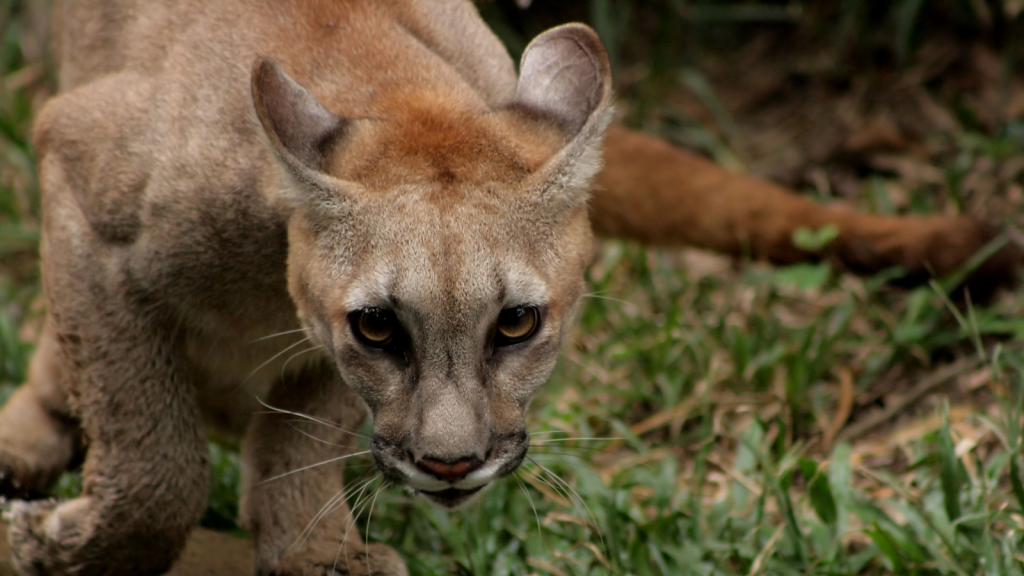Mountain lions, also known as cougars or pumas, are fascinating creatures that roam the Americas. These big cats are often misunderstood and shrouded in mystery. While they might seem familiar, there’s a lot more to these elusive predators than meets the eye. From their incredible jumping abilities to their unique vocalizations, mountain lions are full of surprises. Let’s explore some lesser-known facts about these remarkable animals that might just change the way you see them.
They’re Not Actually Lions

Despite their name, mountain lions aren’t closely related to lions at all. They’re more closely linked to smaller cats like housecats than to lions or tigers. Their scientific name, Puma concolor, reflects this distinction. In fact, they’re the largest of the small cat species, belonging to the family Felidae alongside domestic cats and ocelots.
They Hold a Guinness World Record
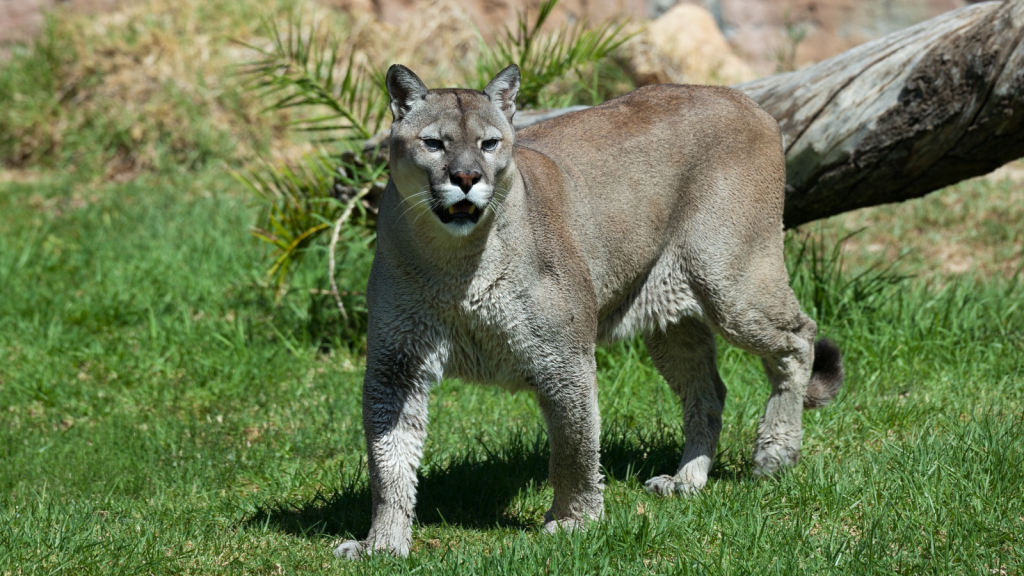
Mountain lions have the highest number of names of any animal in the Guinness Book of World Records. They’re known by over 40 different names in English alone, including cougar, puma, panther, and catamount. This abundance of names reflects their wide distribution across the Americas and the various cultures that have encountered them.
They Can’t Roar
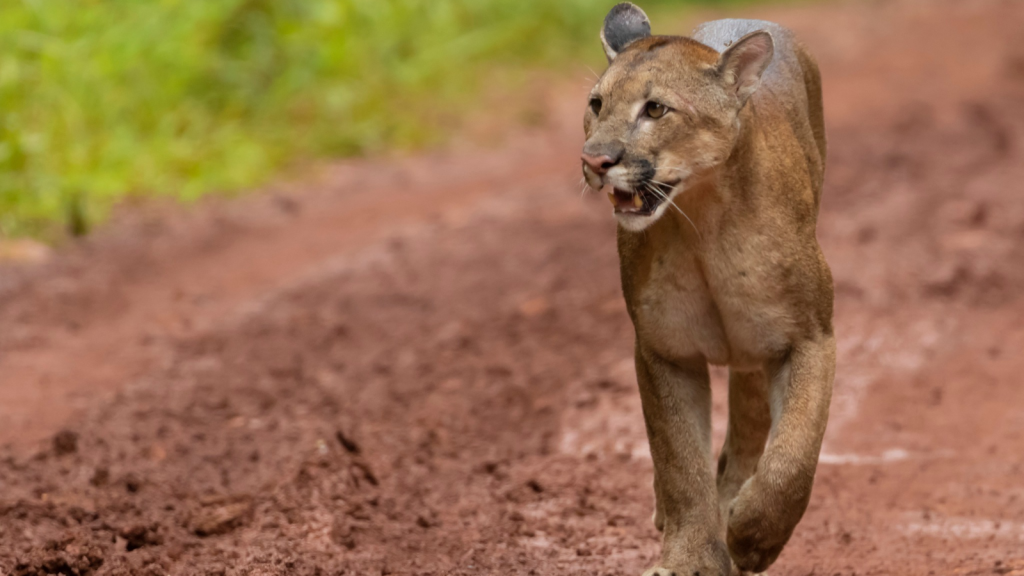
Unlike their big cat cousins, mountain lions can’t roar. Instead, they make a variety of sounds including purrs, chirps, and even whistles. Their most distinctive call is a scream that sounds eerily human-like. This inability to roar is due to the structure of their hyoid bone, which is different from that of roaring cats like lions and tigers.
They’re Olympic-Level Jumpers
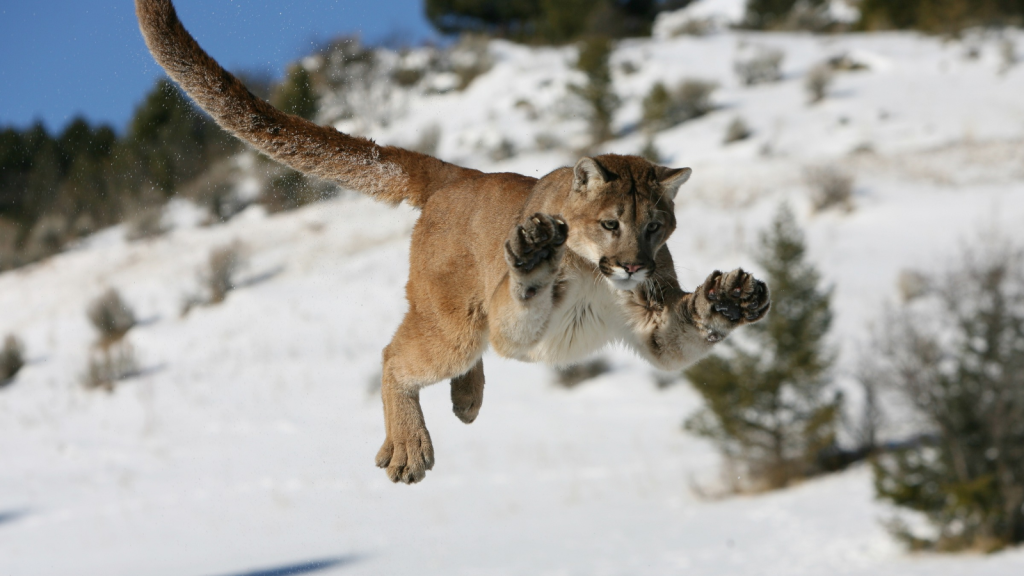
These cats can leap up to 40 feet horizontally and 15 feet vertically in a single bound. That’s like jumping across a double-decker bus or leaping to the top of a giraffe’s head from the ground! This incredible jumping ability helps them catch prey and navigate rough terrain with ease.
They Have Incredibly Large Territories
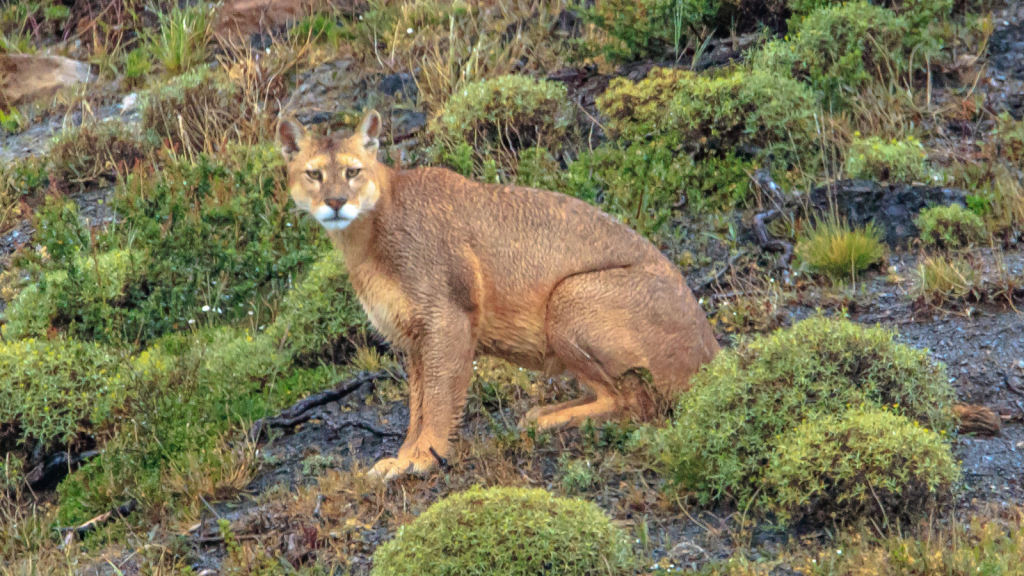
A male mountain lion’s territory can span up to 100 square miles. That’s an area larger than the city of Paris! Females typically have smaller territories, but they’re still impressively large. The size of their territory often depends on the availability of prey and suitable habitat.
They’re Excellent Swimmers
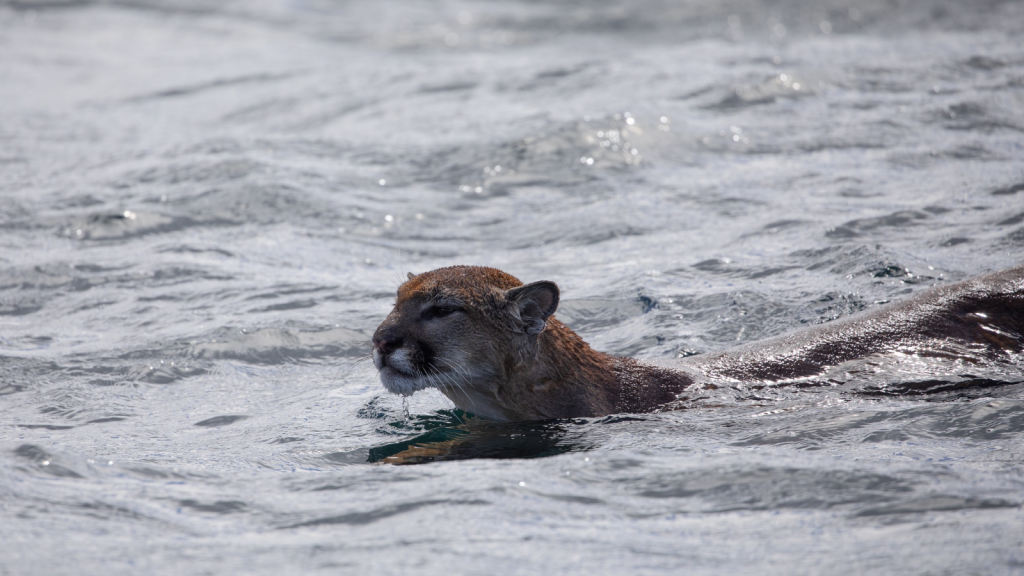
While they’re not often associated with water, mountain lions are strong swimmers. They can cross rivers and even lakes if needed, using their long tails for balance and steering. This ability allows them to access a wider range of habitats and food sources.
They Have Unique Paw Prints
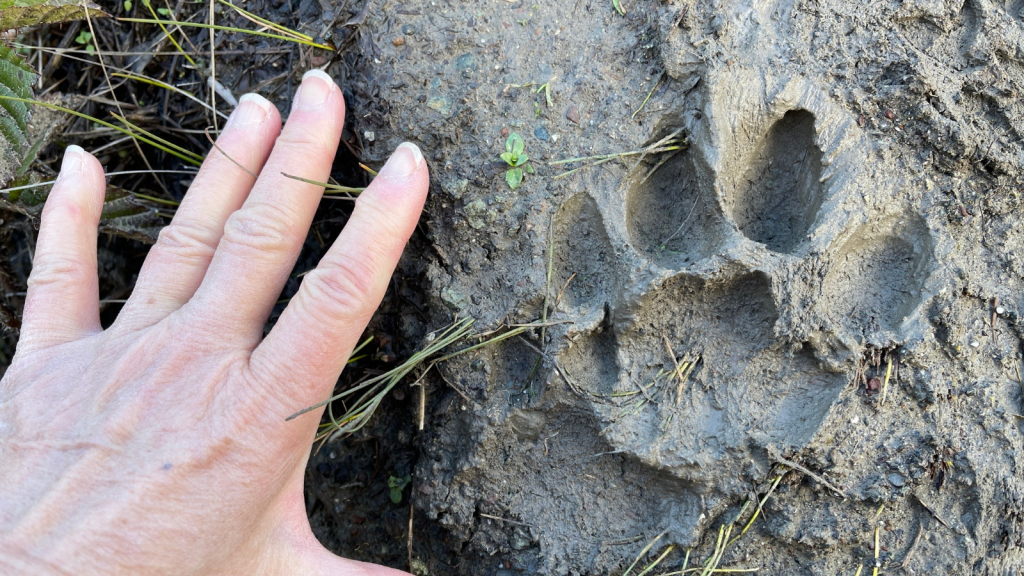
Mountain lion tracks are easily identifiable because they lack claw marks. Unlike dogs and wolves, their claws are retractable, so they don’t show up in their prints unless they’re running or pouncing. Their tracks are also asymmetrical, with the toes on the outer side being larger than those on the inner side.
They’re Mostly Solitary
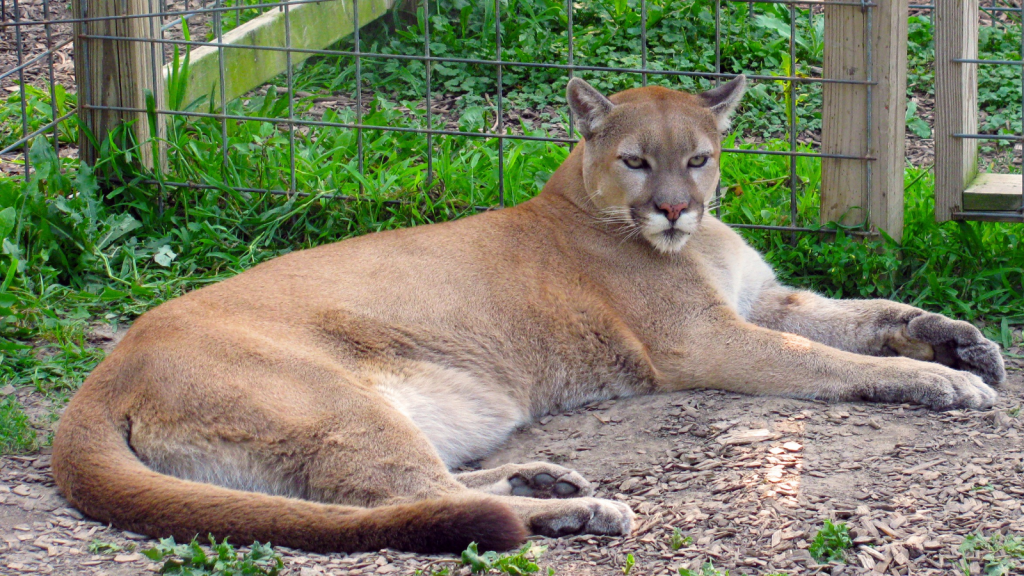
Mountain lions are loners at heart. They only come together to mate, and mothers raise their cubs alone. Once the cubs are about 18 months old, they set off to establish their own territories. This solitary nature helps reduce competition for resources within their species.
They Have Amazing Night Vision
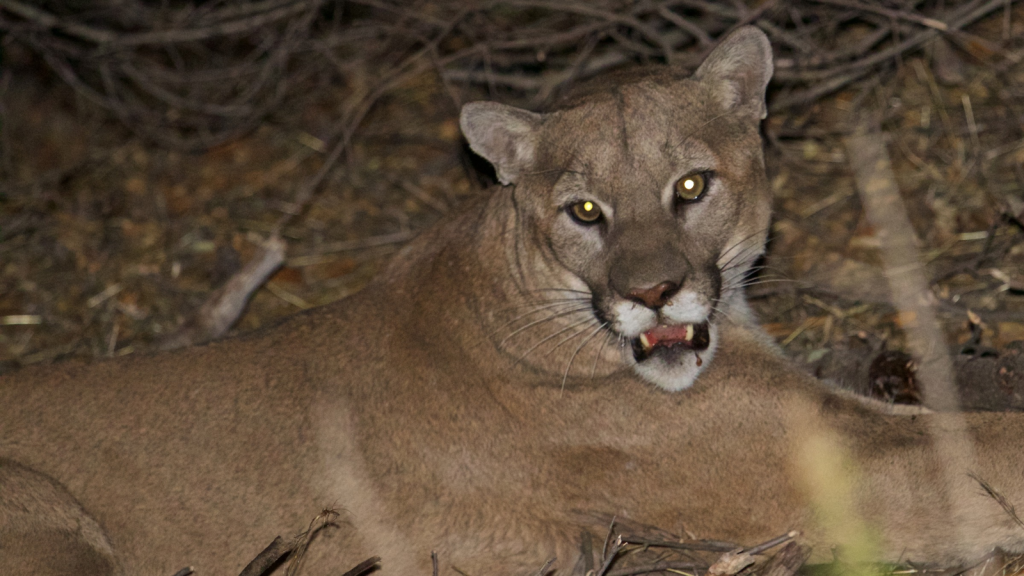
These cats can see six times better in the dark than humans. This superb night vision, combined with their stealthy nature, makes them excellent nocturnal hunters. Their eyes also have a reflective layer called the tapetum lucidum, which enhances their night vision by reflecting light back through the retina.
They’re Not Always Mountain Dwellers
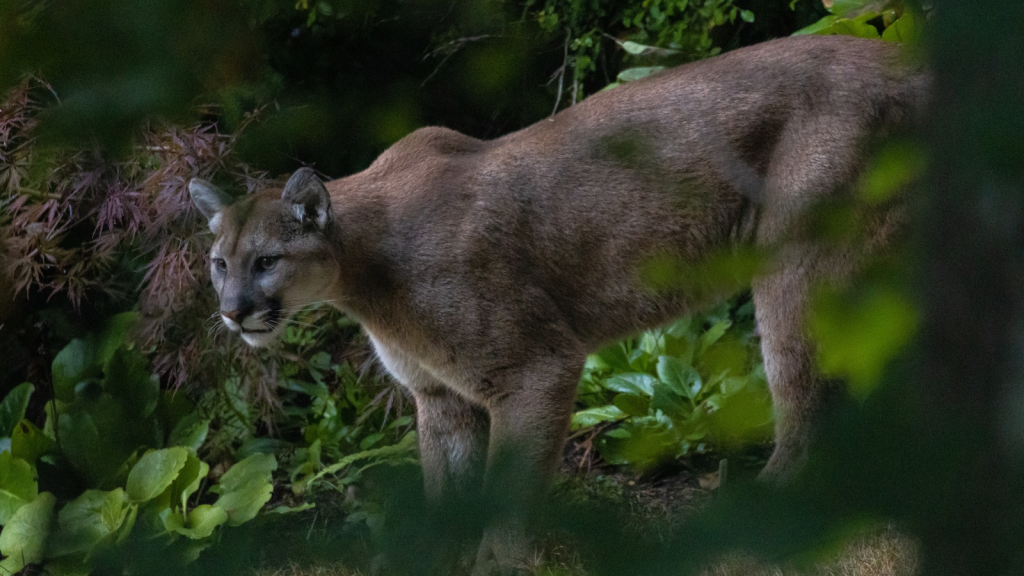
Despite their name, mountain lions don’t just live in mountainous areas. They can thrive in a variety of habitats, from forests and swamps to deserts and even urban areas. Their adaptability is one of the reasons they have such a wide distribution across North and South America.
They’re Incredibly Fast Sprinters
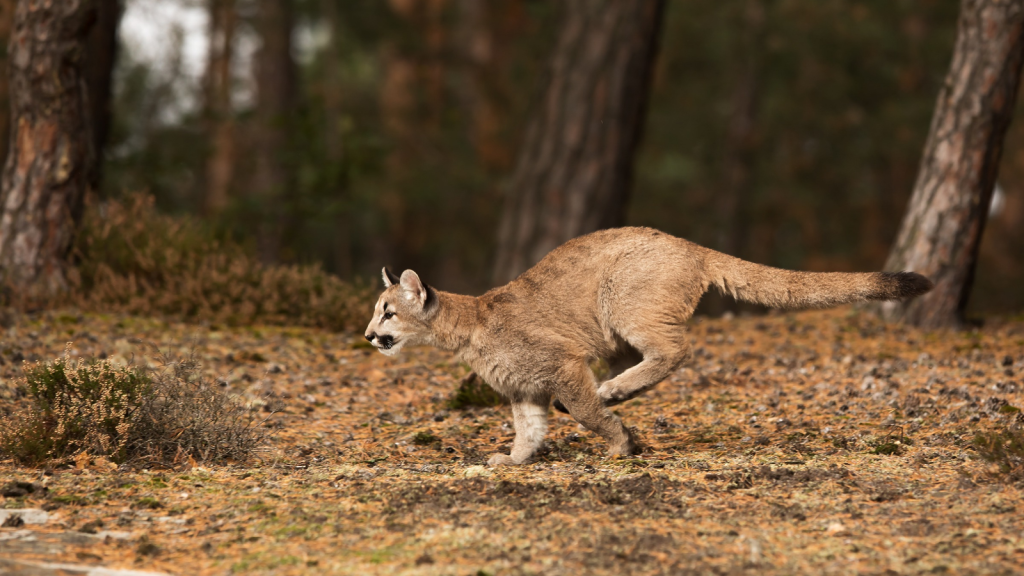
Mountain lions can run at speeds of up to 50 miles per hour. That’s faster than a racehorse! However, they can only maintain this speed for short bursts. This impressive speed is crucial for their hunting strategy, which often involves ambushing prey.
They Have an Unusual Diet
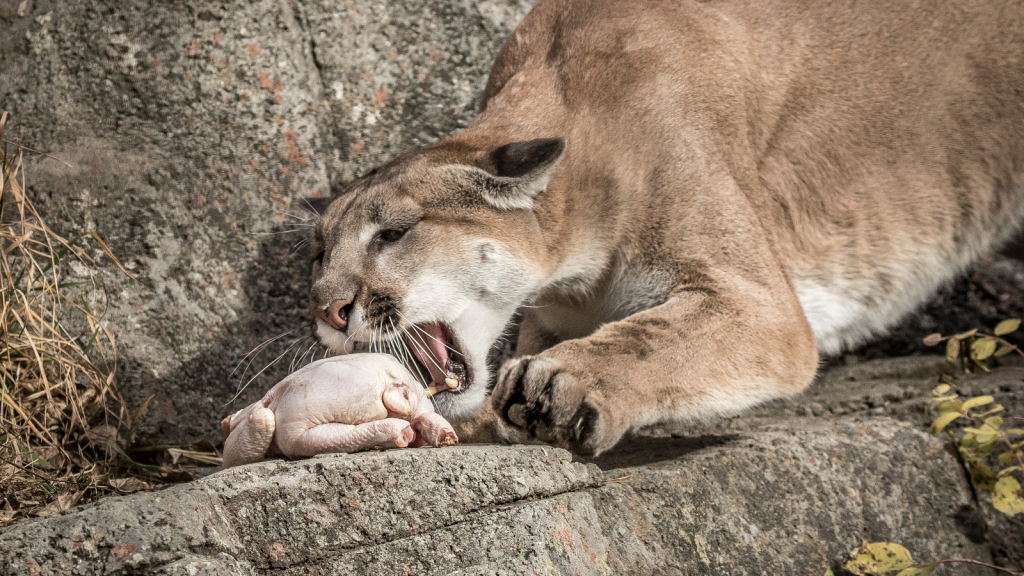
While deer are their preferred prey, mountain lions are opportunistic eaters. They’ve been known to eat everything from elk and bighorn sheep to raccoons and even porcupines. Their varied diet helps them survive in different habitats and adapt to changes in prey availability.
They’re Fantastic Climbers
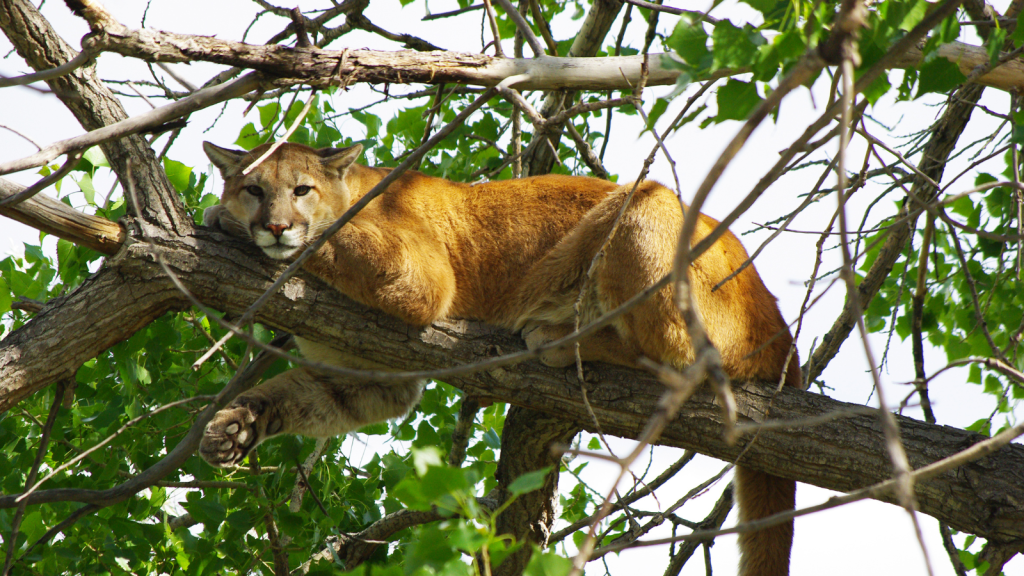
Mountain lions are excellent tree climbers. They often drag their kills up into trees to protect them from other predators and scavengers. Their strong hind legs and sharp, retractable claws make them well-equipped for scaling trees and rocky cliffs.
They Have a Secret Spot
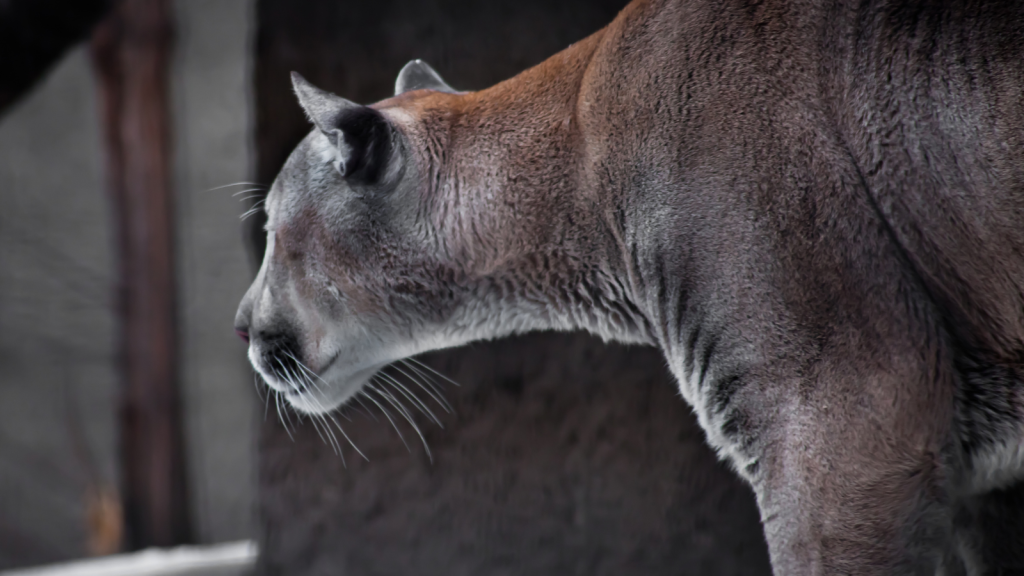
Mountain lions have a small patch of white fur on the back of their ears. This ‘follow me’ spot helps cubs keep track of their mother in the dark. When a mother wants her cubs to follow, she’ll raise her ears, making these white spots more visible.
They’re Making a Comeback
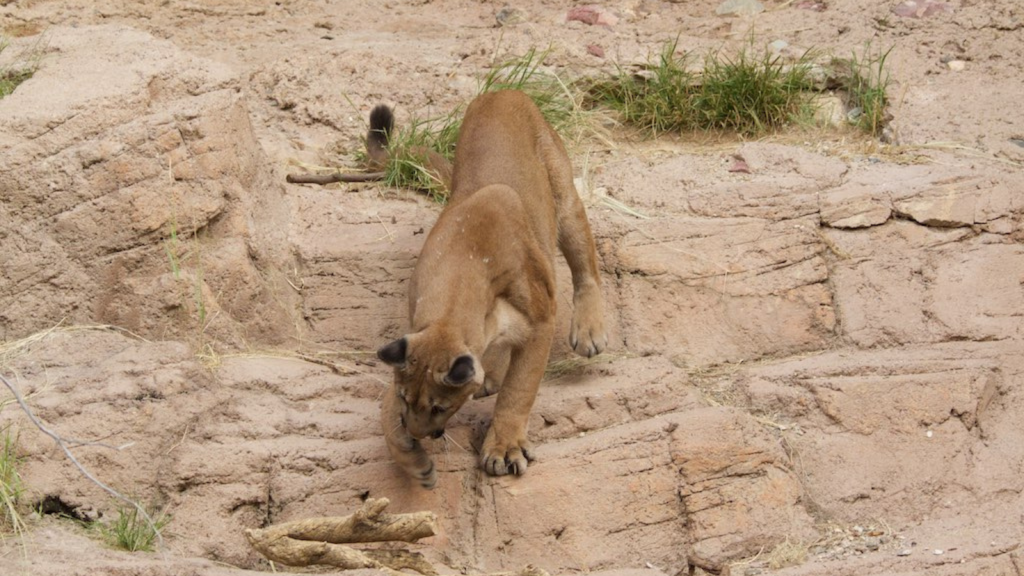
After years of decline, mountain lion populations are slowly recovering in many areas. This is largely due to conservation efforts and changing attitudes towards these magnificent animals. However, habitat loss and human encroachment continue to pose challenges to their recovery in some regions.
Becky is a fervent wildlife enthusiast and pet care expert with a diploma in canine nutrition. Her love for animals stretches beyond the domestic, embracing the wild tapestry of global fauna. With over a decade of experience in animal welfare, Becky lends her expertise to OutlandishOwl through insightful articles, captivating wildlife information, and invaluable guidance on pet nutrition. Her work embodies a deep commitment to understanding the intricate lives of animals and a passion for educating others on sustaining natural habitats. Becky's hands-on conservation efforts and her knack for translating complex dietary science into practical pet feeding tips make her an indispensable voice for creatures great and small.

